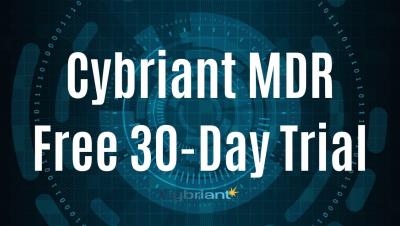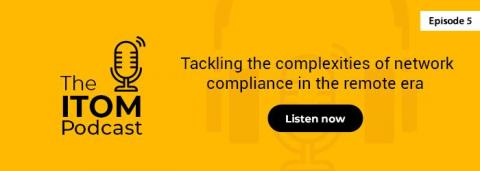Security | Threat Detection | Cyberattacks | DevSecOps | Compliance
%term
Gearing Towards Your Next Audit - Understanding the Difference Between Best Practice Frameworks and Regulatory Compliance Standards
Security configuration management (SCM) can help organizations do much more than just harden their attack surfaces against intrusions. This fundamental control also has the ability to make your audits flow more smoothly. Indeed, it allows organizations to pull reports from any point in time and demonstrate how their configuration changes and alignments help to support their compliance efforts.
Inside the Infographic: "Cybersecurity by the Numbers"
The ongoing cybercrime epidemic has triggered a cybersecurity calls to arms, as organizations around the world are looking for some 3.5 million skilled workers to help fight a $6 trillion problem. One of the cool features of the University of San Diego’s comprehensive new Cybersecurity Jobs Report is a shareable graphic that spotlights the cybercrime epidemic, the ongoing shortage of skilled cybersecurity professionals and the need for talent at the top companies across all industries.
Why Application Security is Important to Vulnerability Management
It was the day before a holiday break, and everyone was excited to have a few days off to spend with friends and family. A skeleton crew was managing the security operations center, and it seemed as though every other team left early to beat the holiday traffic. Every team other than the vulnerability management (VM) team that is. Just before it was time to leave for the day, and the holiday break, the phone rang.
Cybersecurity Breaches Caused by Insiders: Types, Consequences, and Ways to Prevent Them
Security incidents are often hard to detect and tend to go unnoticed for far too long. They’re also time-consuming to investigate, since gathering evidence and correlating facts may take months or even years. For instance, the graphic design website Canva became aware of the theft of user credentials for almost a million accounts only seven months after the actual incident. That’s why it’s better to put your effort into preventing incidents rather than handling their consequences.
4 Step Guide to Stronger OT Security
The cybersecurity of industrial systems is becoming a hot topic in today’s headlines. Since connectivity to external networks is being increased significantly, security is becoming the priority in industrial IT and Operational Technology (OT). Many organizations don’t have a reliable cyber defense against their OT assets.
Bringing UEBA & Zero Trust Together Making Remote Work Safer
2020 is likely to go down in history as the year of two pandemics, COVID-19 and cybercrime. Certain types of cybersecurity threats have massively intensified this year. For example, the malware NetWiredRC saw a 200% spike in detection rates in March 2020. COVID-19 has caused a sudden shift to remote working. More employees are now working from their homes than ever before. Remote work en masse exposes organizations to increased levels of threats.
Track Employees' Online Activity With Computer Monitoring Software
With so many employees worldwide working from home, can you be certain they are actually working productively? Is some of their time working from home being spent on social media, looking for other jobs, or taking care of their children? To maintain high performance and productivity, it’s important to keep an eye on your employees’ online activity with Veriato’s computer monitoring software.
How to ensure network compliance in this era of remote work: The ITOM Podcast [Episode 5]
The ITOM Podcast returns with yet another episode to help you eliminate all the remote work woes in your IT environment. In the last episode, we discussed in detail about the key areas enterprises need to monitor to ensure endpoint security, measures to adopt to ensure cybersecurity while rolling out BYOD policies, and the crucial factors that IT leaders need to know about in the post-pandemic era with respect to IT security.










